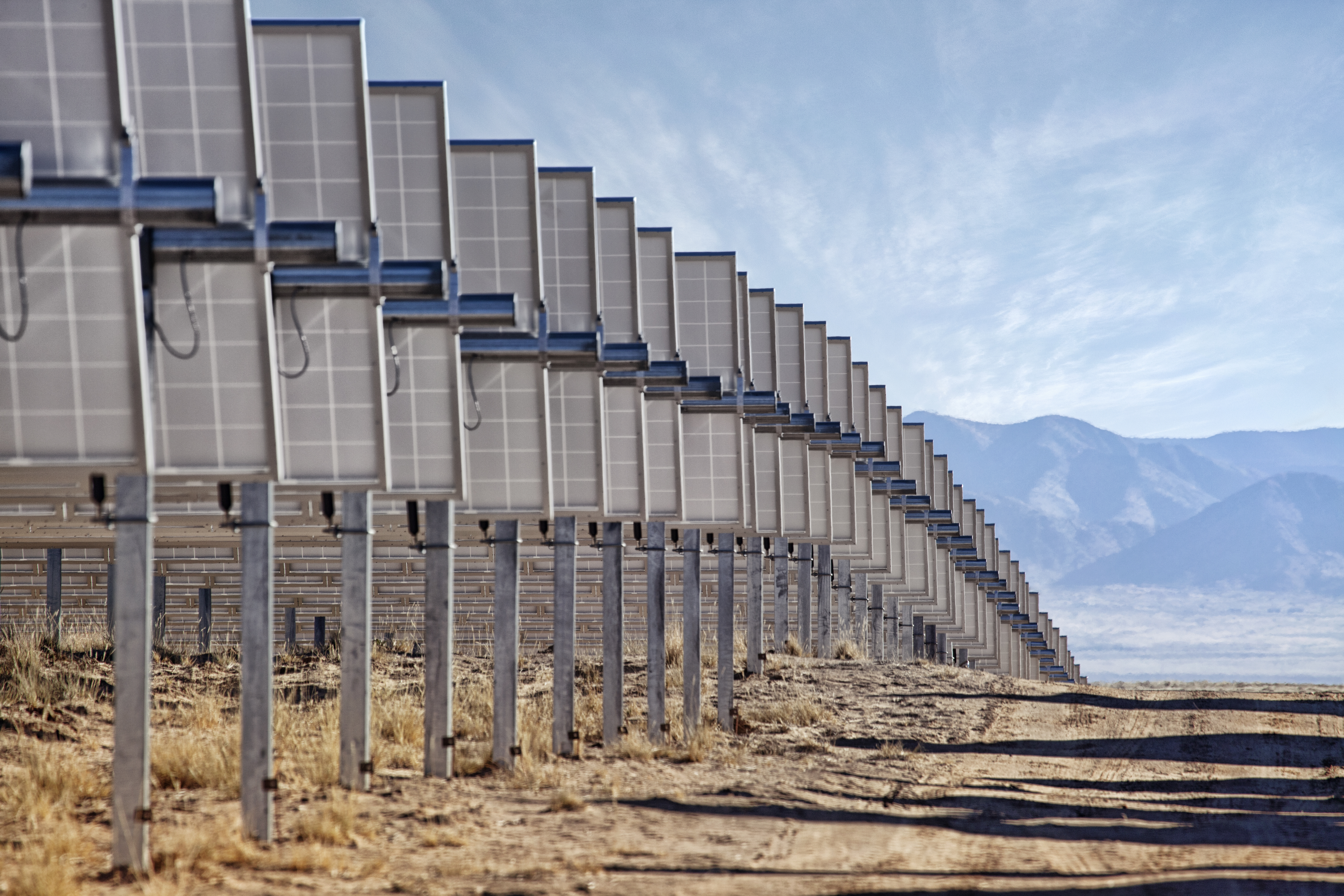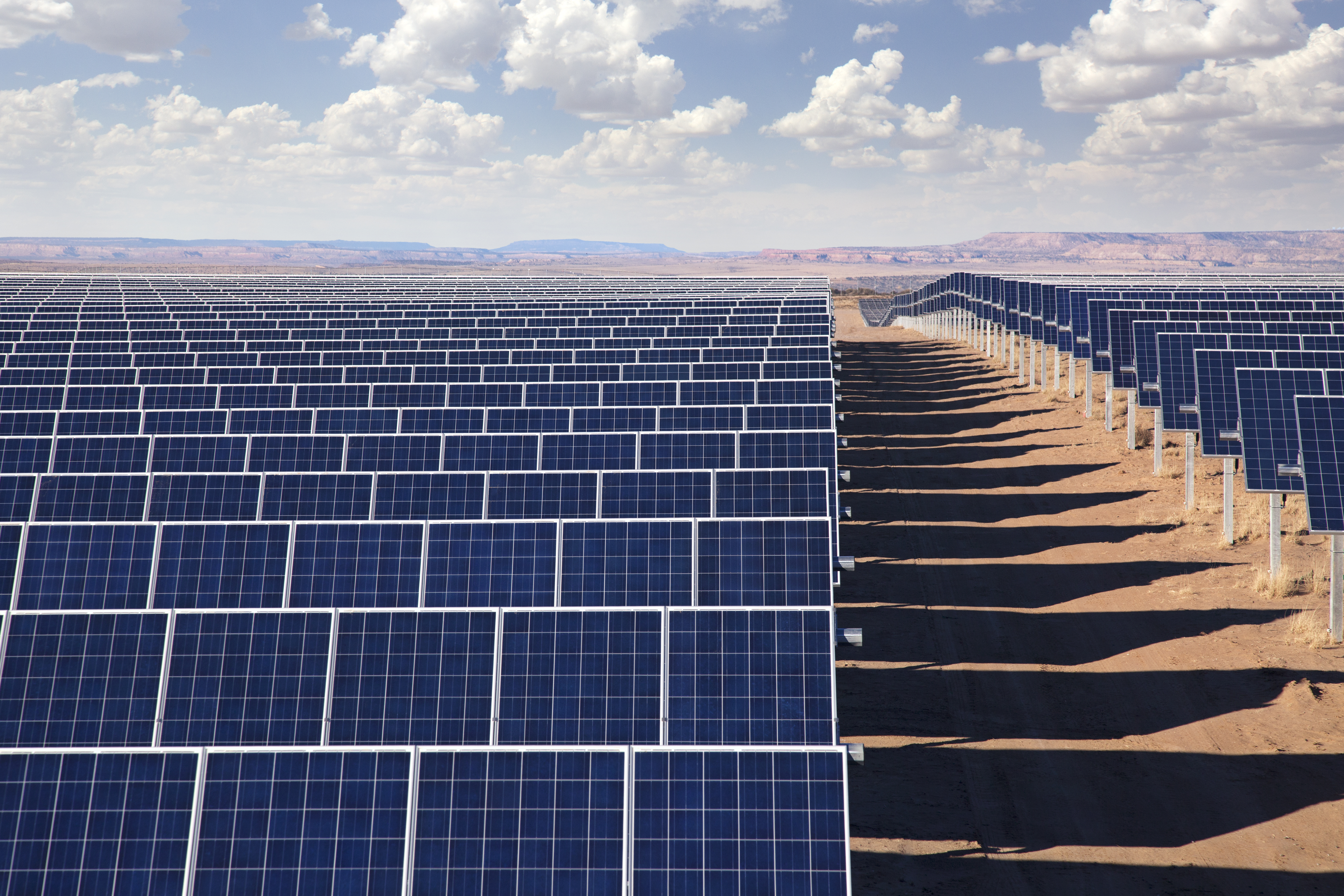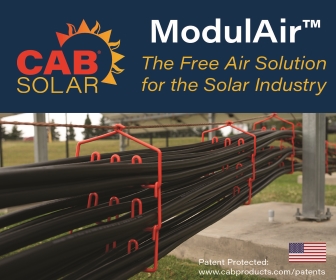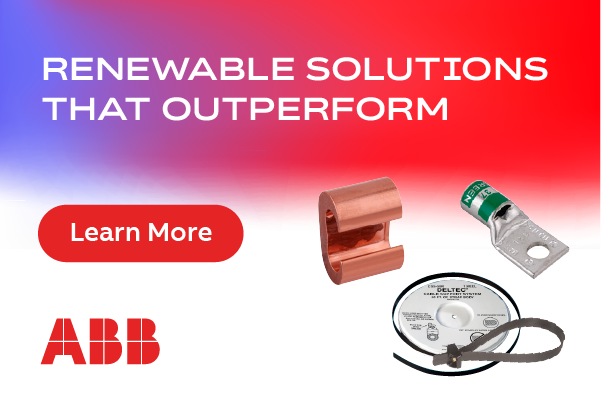Deploying Solar Trackers in Harsh Environments
The implementation of solar tracking technology at utility-scale solar sites has grown exponentially over the past few years. In a recent report, Greentech Media has estimated that over 70 percent of all U.S. ground-mount projects are now being installed with trackers. This number has grown in large part due to the economic benefits tracking provides over fixed-tilt systems. For example, solar trackers typically account for 10 percent or less of the total cost of a utility-scale project, and in return, will produce an average increase of 20 percent in power production. This once-optional technology has now become a centerpiece for many utility-scale installations.
There are multiple solar tracker options available on the market today. In order for utility sites to maximize the benefits of trackers, solar asset developers, owners, and EPCs must be able to identify the best tracker for the job. As the new solar frontier pushes into less-than-ideal sites, this includes looking at reliability and durability, as well as the ability to affront unique terrain and environmental challenges. Keeping these key considerations in mind will help ensure the right tracker is selected to meet the needs of a project.
Considerations When Selecting a Tracking Vendor for Harsh Environments
 For obvious reasons, reliability is the most important feature to consider when selecting a solar tracker. To fully reap the benefits of tracking, and reduce operational risk, it's critical to maximize system uptime and minimize the amount of potential failure episodes. Trackers will face harsh environmental conditions repeatedly throughout their 30-year lifespan, and must be designed to operate normally, even under exceptional circumstances.
For obvious reasons, reliability is the most important feature to consider when selecting a solar tracker. To fully reap the benefits of tracking, and reduce operational risk, it's critical to maximize system uptime and minimize the amount of potential failure episodes. Trackers will face harsh environmental conditions repeatedly throughout their 30-year lifespan, and must be designed to operate normally, even under exceptional circumstances.
Structural integrity and a tracker's design approach to wind loading is another critical consideration. Some trackers are designed to withstand the specified site wind speeds at any tilt angle, while most other trackers are designed to withstand high winds only in a horizontal stow position. Horizontal stow design approaches include many assumptions that require careful analysis in order to safely design for the dynamic movement of the tracker in the wind. Critical assumptions include wind turbulence, wind attack angle, structural stiffness, structure damping, and other factors. If these elements are not carefully considered, it could lead to immediate structural problems. It's important to request documentation on the tracker's structural and aerodynamic analysis and wind tunnel studies, to ensure these elements have been considered.
Lastly, it's imperative that solar trackers have the ability to accommodate diverse terrain conditions. Optimal solar sites are typically flat, and located in mild regions that experience little wind. Unfortunately, due to the recent growth of the industry, most of these ideal locations are already in use. It's becoming increasingly common to develop sites at higher latitudes, with reduced footprints, and terrain challenges. To meet these standards, solar asset owners will benefit from trackers that have high density and terrain-following capabilities, so as to maximize the use of land and avoid site grading altogether.
Sorting Through the Crowded Landscape
While all trackers are manufactured to accomplish the same goal - tracking the sun from east to west to maximize productivity and power generation from PV panels - the design architecture, electrical, and electromechanical components, as well as load relief approaches, can vary greatly. Consequently, their suitability for deployment in harsh environmental conditions will also vary.
One of the biggest differences between tracker architectures is the amount of electrical and electromechanical components required to operate the system. Centrally linked trackers employ streamlined designs that minimize the number of components, and thus potential failure points, per megawatt. Decentralized trackers rely on 167 times more components per megawatt to operate properly. The number of components is a key contributor to assessing reliability, risk of failure episodes, and operational longevity.
Another key difference is the tracker's structural design approach to loads. Innovative tracker solutions are designed to automatically handle forces on the system on a row-per-row basis, and allow each row to rotate to a variable "safe-position" naturally. This automatic process is mechanically based and does not require the use of sensitive componentry to function properly. Other trackers rely on an active stow strategy - a horizontal defensive position - in order to survive high wind speeds. Active stow design approaches require multiple control system components, including wind detection, control and communication, and drive systems to all function flawlessly order to ensure the ability to assume the horizontal stow position when required. The potential for failure of any one of these components during storms - coincidentally when they are most needed - is high. Stowing at a flat position can also subject single-axis trackers to torsional instability phenomenon, which could damage modules or the tracker system itself, as mentioned above.
Case in Point
A 200MW utility-scale solar tracking project was recently commissioned in Kern County, California. While the climate of Kern  County provides ideal solar production conditions, this specific site presents many environmental obstacles. In the Californian desert, seasonal temperature fluctuations swing wildly; record temperatures range from 3 °F to 113 °F (-16.1 °C to 45 °C). In addition, high wind speeds are a common issue at the site. It's typical for winds to approach 60 miles per hour, and form hazardous sand dunes.
County provides ideal solar production conditions, this specific site presents many environmental obstacles. In the Californian desert, seasonal temperature fluctuations swing wildly; record temperatures range from 3 °F to 113 °F (-16.1 °C to 45 °C). In addition, high wind speeds are a common issue at the site. It's typical for winds to approach 60 miles per hour, and form hazardous sand dunes.
The solar trackers implemented at the Kern County site were designed to endure harsh conditions and ensure the lowest cost of ownership over time. A flexibly linked, single-axis tracker architecture was selected for its streamlined design with fewer components, fewer potential failure points, and a risk-free load mitigation approach. The trackers use industrial-grade components designed for outdoor applications, and built to withstand temperature swings from -30 °F to 140 °F (-34 °C to 60 °C). Lastly, the tracking system features a torsion limiter, which is a unique component that allows each row to assume a variable safe-position naturally, to mitigate excess loads from high wind speeds, or loads from the formation of sand dunes. This low-risk tracking system guarantees optimized solar generation over the project's lifespan, regardless of the environmental pressures present at the site.
Conclusion
The solar tracker is the foundation of a utility-scale project. The choice of tracker is a fundamental decision that has enormous implications for a project's overall economics and profitability, especially for sites facing harsh conditions. It's important to ensure that the tracker is designed to withstand the particular environmental considerations of each site, to experience the full production-enhancing properties of solar tracking technology while minimizing operational risk.
John Williamson is the executive chief engineer for Array Technologies, Inc., where he leads a team of engineers of various disciplines as they optimize mechanical systems, components, and software for Array products. In his years at Array, he has been an integral part of the success and expansion of the company and its core product lines. John holds a MS and BS in mechanical engineering from the University of New Mexico. Array Technologies, Inc. | www.arraytechinc.com
Volume: 2017 May/June











.png?r=7071)
